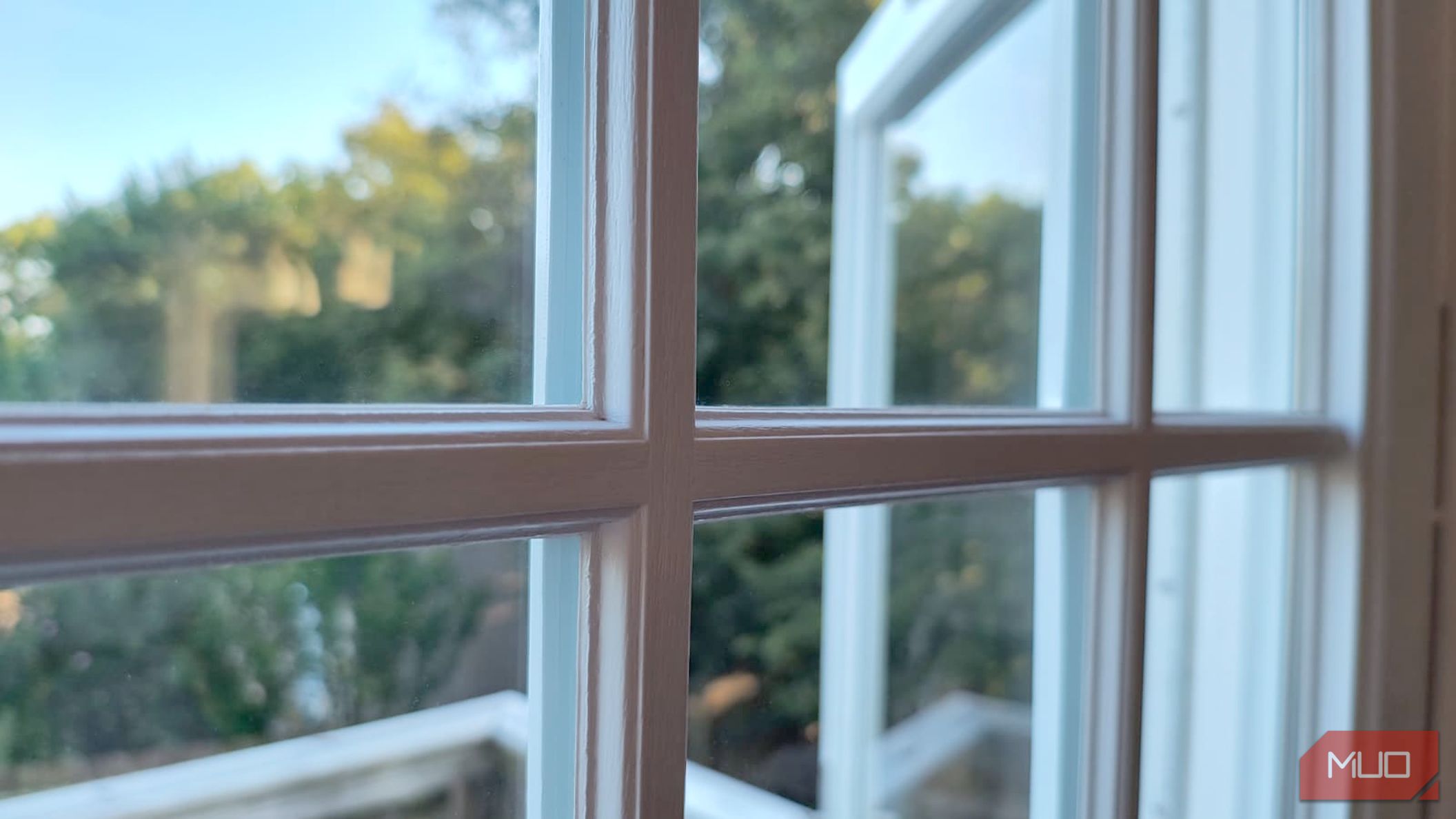Forget overpriced sprays; there’s a simple solution for crystal-clear windows using basic tools and better timing. No streaks, no haze, no magic—just a smarter way to clean that actually works.
Why Most Window Cleaning Fails
Most people approach window cleaning with the wrong tools and a rushed mentality. They grab a paper towel and whatever glass spray is under the sink, fire off a few spritzes, and start wiping. That might be enough to remove some stains or speckles from the glass, but it leaves a mess of streaks, lint, and that filmy residue that looks worse than what you started with.
This happens for two main reasons. First, the cleaner dries too quickly. Most commercial glass sprays are designed to evaporate fast to save time. That might sound convenient, but if you don’t wipe it off right away, it ends up drying unevenly.
Second, paper towels are terrible at absorbing moisture without leaving lint behind. Even the thick, high-end ones can’t compete with the proper fabrics. You may be sabotaging your cleaning routine without even realizing.
Timing, Pressure, and the Power of a Proper Cloth
The real difference isn’t in the product itself; it’s how and when you use it. You need to spray the cleaner evenly across the glass, spread it with a clean microfiber cloth, then quickly dry it again with a dry part of that cloth. Since these solutions tend to evaporate quickly, you have to be attentive and wipe immediately.
The key is catching the cleaner before it evaporates, along with using a cloth that can absorb it fully without smearing the glass. Microfiber works better than anything else I’ve tried—it grabs the cleaner, lifts the dirt, and pulls both into the fibers.
Unlike paper towels, which push the mess around and leave tiny particles behind, microfiber properly cleans the surface. You don’t have to use a fancy brand; I’ve used simple microfiber cloths from Shein, as well as more expensive versions sold in automotive sections of stores. The difference isn’t night and day, but the tighter the weave, the better the result.
After working the cleaner into the glass, quickly flip the cloth to a dry side and polish the glass using small circular motions. This part makes all the difference. You’re not just drying the glass; you’re eliminating any leftover haze and streaks, especially around the edges where residue tends to cling.
Why Circles Work Better Than Straight Swipes
When drying off the window, it might feel more natural to use straight horizontal or vertical strokes—especially if you’re used to wiping down mirrors or tabletops—but glass is different. When you clean windows with straight strokes, you often miss spots or overlap unevenly, which leads to streaks and a noticeably uneven dry.
Circular motions allow you to cover more surface area with each pass, and they help you apply more consistent pressure. That’s especially useful when you’re cleaning large windows or glass doors that catch natural light.
Sunlight is brutally honest. It’ll expose every streak, smudge, and half-dried drip on a window-cleaning job you initially thought looked consistent. If you’ve ever cleaned a window and thought it looked great, only to see all the imperfections the moment the sun hit it, you know exactly what I’m talking about.
The good news is that circular polishing with a dry microfiber cloth solves that. It doesn’t take extra time; it just requires you to stay intentional about how you’re moving your hand. Instead of trying to rush through with broad strokes, spend an extra 10 seconds on small, controlled circles, and you’ll see a dramatic difference.
Common Mistakes That Undo Good Work
Even with the best technique, it’s easy to fall into habits that mess up the results. One of the most detrimental is cleaning windows in direct sunlight. You see all the smudges and fingerprints clearly, so it feels like the best time to clean. However, sunlight heats up the glass, causing the cleaner to evaporate almost instantly. This leaves behind streaks before you even have a chance to wipe them.
Another mistake is that people tend to over-spray, thinking more liquid equals more cleaning power. In reality, it just creates a mess that’s harder to wipe clean. A light, even mist is all you need. Oversaturating the glass floods the surface, and your cloth ends up spreading around dirty moisture instead of removing it.
There’s also the problem of dirty or wet cloths. Since microfiber tends to pick up everything, always use a fresh, clean, dry microfiber cloth before each window. If the cloth is large enough, you can use a different spot on the cloth for each window, but avoid reusing an area. Once finished, wash them without softeners, and avoid using them for greasy messes or anything involving soap. You want them dry, crisp, and dedicated to glass.
Simple Modifications for Different Scenarios
Once you’ve mastered this method, you might want to add tools to make the job easier, especially for large windows. A good rubber-blade squeegee is helpful for bigger surfaces. It removes moisture in a single swipe and leaves a nice polished finish. Just make sure you wipe the blade clean after every pass.
If you prefer to make your own cleaning solution, a simple mix of water, white vinegar, and a single drop of dish soap works wonders. It’s cost-effective and leaves no residue if you wipe it off quickly. A reusable spray bottle filled with this mix can live under your kitchen sink and be ready anytime. Though as convenient as this storage spot may be, there are some common household items you should not store under the sink.
For hard-to-reach windows, like the bottom of the inside of your windshield, an extension pole with a microfiber attachment can save you a lot of trouble. Once you start achieving consistently streak-free results, small upgrades like these make the process smoother and even a little more enjoyable.
The Vinegar and Newspaper Method Still Has Its Place
Before I discovered the microfiber trick, I was a big fan of the vinegar and newspaper method. It’s old-school, but there’s a reason it stuck around for so long. Vinegar is a great natural cleaner—it cuts through grime, removes mineral spots, and evaporates quickly. Crumpled newspaper works surprisingly well for polishing because it doesn’t leave lint and has enough texture to buff the glass.
However, there are some drawbacks to using this method. Vinegar has a strong smell, which tends to linger. And while modern newspaper ink is generally soy-based and safe, it can still transfer slightly under pressure. I’ve had a few moments where the corners of the paper left faint black marks along the window frame, which then needed their own cleanup.
That said, if you’re out of microfiber and don’t mind the smell of vinegar, this method still holds up. It’s especially useful for mirrors and small panes where you don’t need a large surface polished. For anything large or highly visible, like sliding doors or living room windows, it’s not as reliable as microfiber.
Streak-free windows aren’t the result of some miracle product; they’re the payoff for using the right method with the right materials. What makes the difference is understanding how glass reacts to light, how quickly cleaners evaporate, and how easily a wrong wipe can undo your effort.
Window cleaning isn’t glamorous, but when done right, it’s a game-changer—not just for your glass, but for your space. Clean windows make everything else look sharper, and that’s not magic, but rather good technique. If you’re thinking about upgrading the cleaning methods in the rest of your home too, there are plenty of reasons to stay away from robot vacuums.














